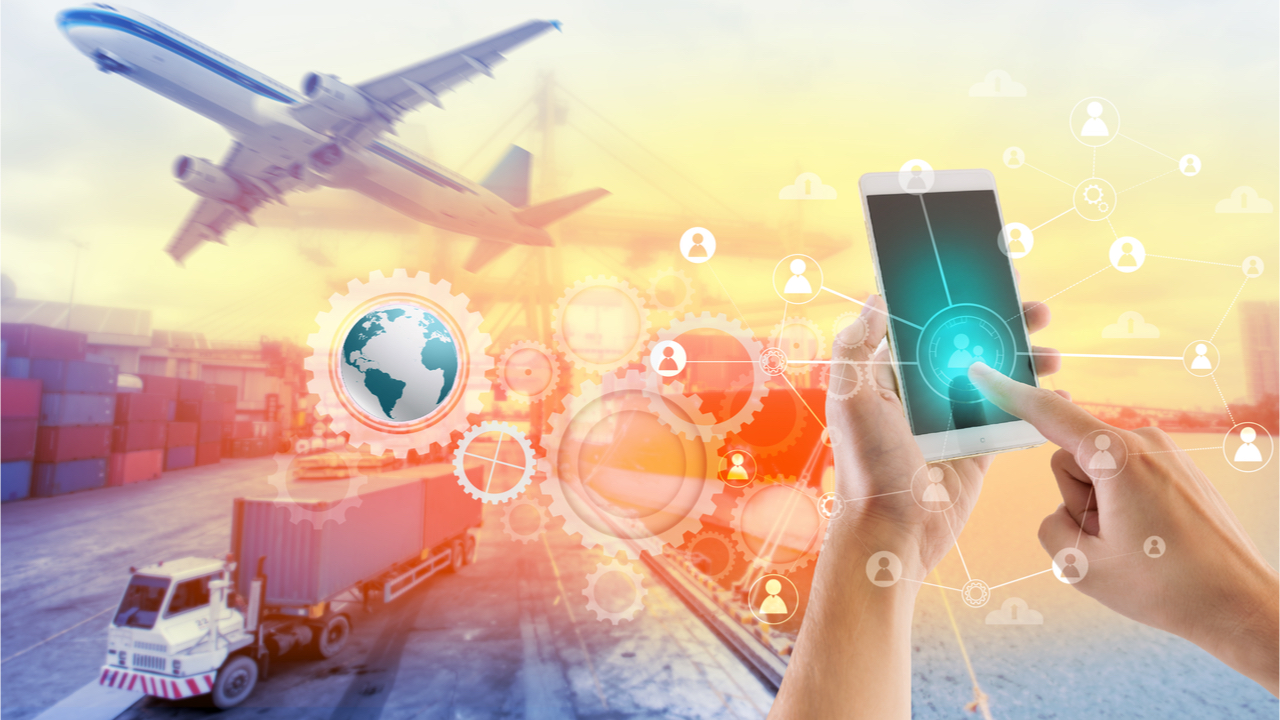Supply Chain
The Future of Blockchain Supply Chains
Do you really know where the food on your plate or the beverage in your glass came from? Probably not. And checking the label may not help.
Blockchain technology can help ensure the provenance — not to mention the safety — of the food you eat and the wine you drink. It can do this, as it does for other products, by providing traceability across the supply chain.
Just this month, Carrefour, Europe’s largest retailer, announced it would use blockchain to enable shoppers in France to trace where certain food products are sourced, according to Reuters. Carrefour currently uses blockchain technology to trace the production of free-range chicken in parts of France, but it plans to expand to honey, eggs, cheese, milk, oranges, tomatoes, salmon, and hamburgers by the end of 2018.
Such an approach makes sense: There’s a lot of room for error — or malice — in food labeling and distribution. Consider this bit of insight from shipping giant Maersk: One shipment of refrigerated goods from East Africa to Europe can pass through roughly 30 entities, with more than 200 interactions among them. All sorts of things can happen.
Now, when we talk about food and drink, the first concern is safety. Opening a bottle of fake extra virgin olive oil can be frustrating, but salmonella can kill you. So let’s start there.
As we’ve mentioned before, IBM is partnering with Dole, Nestlé, Tyson Foods, Walmart and others to determine how the global supply chain can benefit from blockchain. The first initiative: Reduce the time it takes to pinpoint and eradicate the source of food-borne illness.
Many food safety issues could be avoided with proper data, supply chain transparency and traceability. Currently, it can take weeks — sometimes months — to identify the source of contamination, or the point at which a product became contaminated. Worldwide, one-in-ten people fall ill, and roughly 420,000 die annually, due to contaminated food, according to the World Health Organization.
But safety is just the beginning.
“De-Risking” the Agriculture Supply Chain
“Without understanding the impacts of goods and services, we buy into systems that deplete natural resources, worsen environmental and social problems and endanger humans and ecosystems. Supply chains are conventionally held secret, limiting the stakeholders who can prevent environmental, social and health and safety problems.” — Leonardo Bonanni, founder and CEO of the supply chain transparency website, Sourcemap.
S&P Global Platts, in a 2017 blog post, relates what may be the origin story of blockchain for agriculture. On Dec. 8, 2016, Australian wheat grower David Whillock delivered 23.46 metric tons to Fletcher International Exports in New South Wales. The deal was executed via a smart contract by AgriDigital. The smart contract automatically valued the delivery, verified the buyer had adequate funds, held the funds in the grower’s name (pending delivery), and released the payment upon delivery.
Emma Weston, co-founder and CEO of Full Profile, which owns and operates AgriDigital, explained the benefits to S&P Global Platts. “De-risking the agri-supply chain through real-time settlement of physical commodity transactions has broad benefits for all participants by increasing efficiency, trust and security. For growers, blockchain technology provides enormous benefits by providing fast and secure payment,” she explains. “Finally, the entire agri-supply chain will have access to verified data on each commodity, meaning consumers can trust where their food comes from.”
And that is precisely what consumers want, according to the 2016 Label Insight Food Revolution Study. Only 12 percent of consumers say brands are their most trusted resource for information about what’s in their food; 94 percent of consumers say it’s important to them that the brands and manufacturers are transparent about what is in their food and how it is made.
Blockchain Provides Radical Transparency
When it comes to agriculture, blockchain supply chains have huge potential in three key areas, according to various experts.
- Provenance and radical transparency
- Mobile payments, credits and decreased transaction fees
- Real-time management of supply-chain transactions
We’ll focus on the first.
Consumers are clamoring for clean, “farm-to-table food,” but how do you verify the accuracy of data from farm to table? One solution is made possible with the increasing popularity of blockchain technology.
And “clean” has implications beyond the food itself.
“Currently, there’s no easy, accurate and efficient way for manufacturers to know about issues like slave labor and pollution, or to identify the exact origin of a commodity. Yet consumers, especially within niche markets like organic food, are increasingly willing to pay for products that provide this information,” Weston explains.
This is part one of a two part series on this topic. You can find part two here.






Pingback: Blockchain for Champagne? More On Supply Chains
Pingback: Some Common Misconceptions about Blockchains and the Law
Pingback: Roadblocks to Adoption of Distributed Ledger Technology